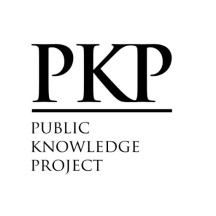Postpartum hemorrhage (PPH) remains a leading cause of maternal mortality in developing countries
Abstract
Birth is a normal physiological process which the female body is designed to do, and it's part of the female natural reproductive life cycle.1 In most situations, especially when there aren't any unnecessary interventions, vaginal birth is a perfectly safe, low-risk, and preferred method of giving birth. Pregnancy and birth, although natural processes aren't without risks.1 A pregnancy that has progressed without any apparent hitch can still give way to complications during delivery.2 Complications during pregnancy and childbirth are a leading cause of death and disability among women of reproductive age in developing countries.3 All women who carry a pregnancy beyond 20 weeks’ gestation are at risk for PPH and its sequel. Heavy bleeding after a baby is born (postpartum hemorrhage) is a complication of pregnancy that has the potential to be very serious, even resulting in death in rare cases. For women known to have risk factors for PPH, appropriate steps for prevention should be incited during antenatal and intrapartum periods to reduce this risk. PPH can also occur with no risk factors.3, 4









